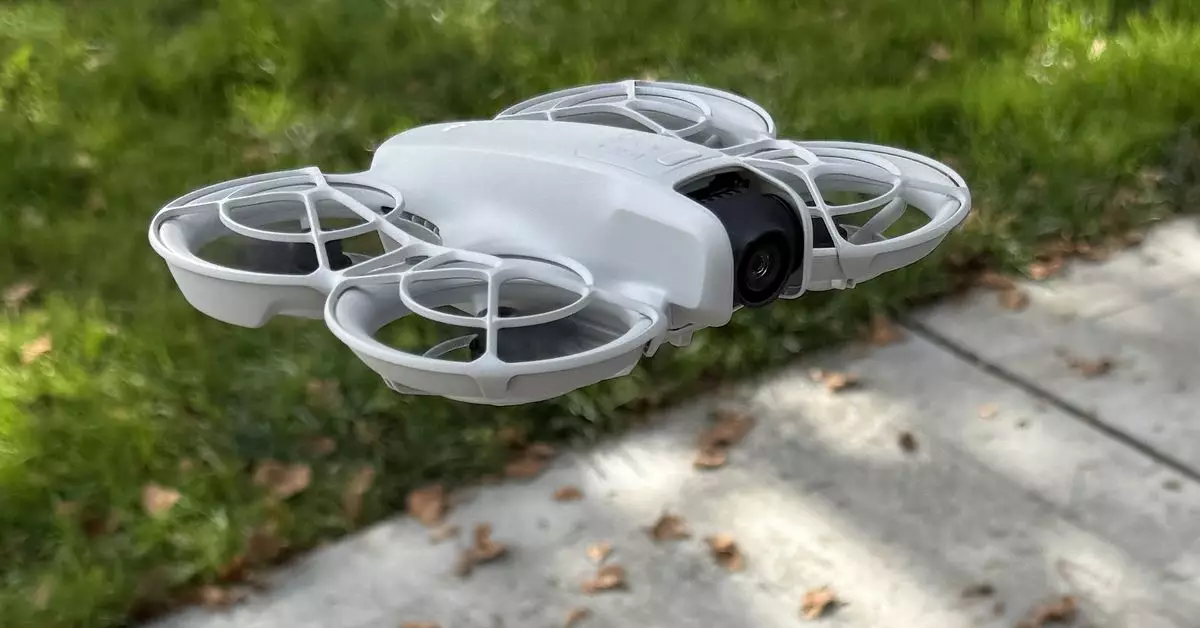The drone market has seen explosive growth in recent years, and among the frontrunners is DJI, a company renowned for its innovative self-flying technologies. With the recent introduction of the DJI Neo, priced at an accessible $199, the manufacturer aims to carve out a space specifically for budget-conscious consumers looking for quality and functionality. However, initial critiques pointed to two significant drawbacks: the inability to capture vertical video and slower tracking performance compared to competitors like the $350 Hover X1. These shortcomings created uncertainty about the Neo’s appeal in an era dominated by content creators on platforms like TikTok and Instagram.
Responding to Feedback: Speed and Vertical Video Updates
Recognizing the need to adapt to consumer expectations, DJI has rolled out firmware updates that address these concerns head-on. The most exciting enhancements include the addition of vertical video capabilities and a substantial speed boost during tracking. According to reports from industry experts such as DC Rainmaker, the SUV can now match the pace of cyclists, improving from a previous maximum of 13 miles per hour to an impressive 20 miles per hour in tracking mode. This dramatic upgrade not only reinvigorates the drone’s usability for sports and outdoor activities but also positions it competitively against more expensive models in the market.
The enhanced vertical video feature is particularly enticing for influencers eager to stand out on social media. While the Neo can only shoot at 1080p, rather than the more coveted 4K, it offers a robust 60 frames per second which should satisfy many casual users. However, potential buyers must navigate the complexities of app updates to access these new features. Specifically, updating the DJI Fly app will be necessary for those looking to enable vertical video settings across various flight modes. This requirement may prove to be an added hassle for some, especially for those on Android devices who may encounter installation issues due to the app’s absence from the Google Play store.
As the drone landscape continues to shift toward more user-friendly and social media-compatible devices, DJI’s strategic upgrades to the Neo seem to be a timely response to the criticism it initially faced. By addressing the needs of both hobbyists and aspiring content creators, DJI appears poised to capture a broader segment of the market. As users test out these new features, industry experts and enthusiasts will be closely observing how well the Neo stands up in real-world scenarios, particularly in fast-paced environments where agility and high-resolution capturing are paramount.
The DJI Neo’s evolution serves not only as a testament to the company’s commitment to innovation and customer satisfaction but also highlights the ever-growing demands of the modern consumer in a rapidly changing technological landscape. By embracing feedback and continuously improving its products, DJI remains a key player in the expansive world of drones, making the Neo a viable option for those looking to explore aerial photography and videography without breaking the bank.


Leave a Reply